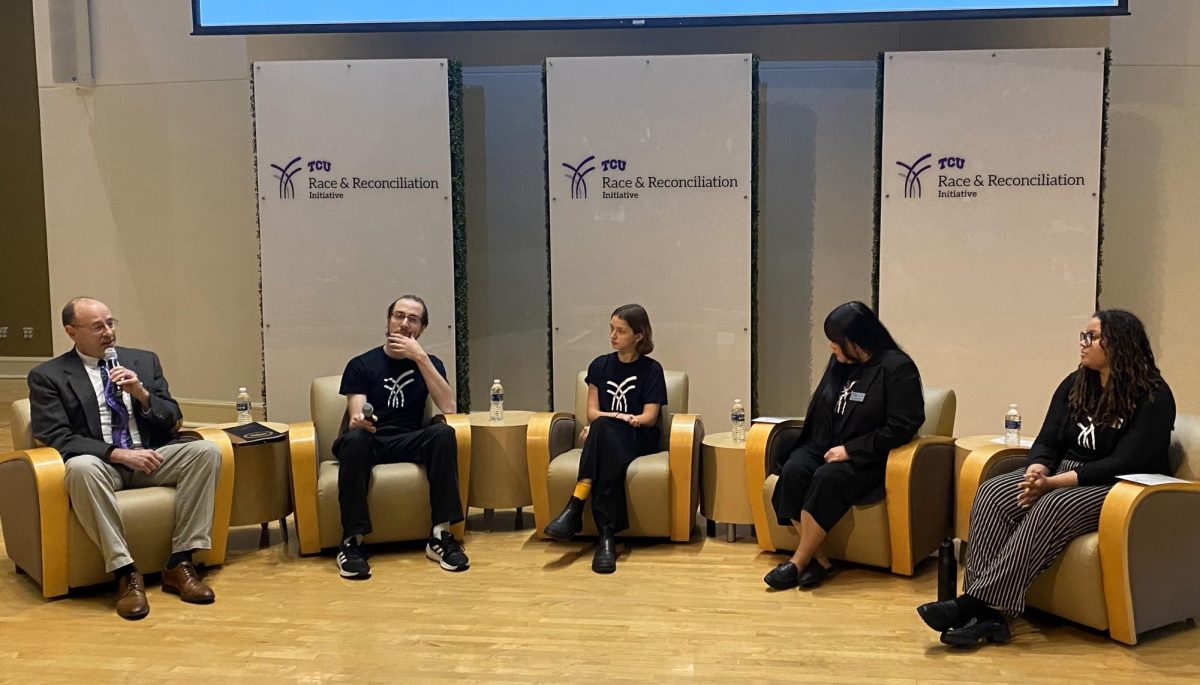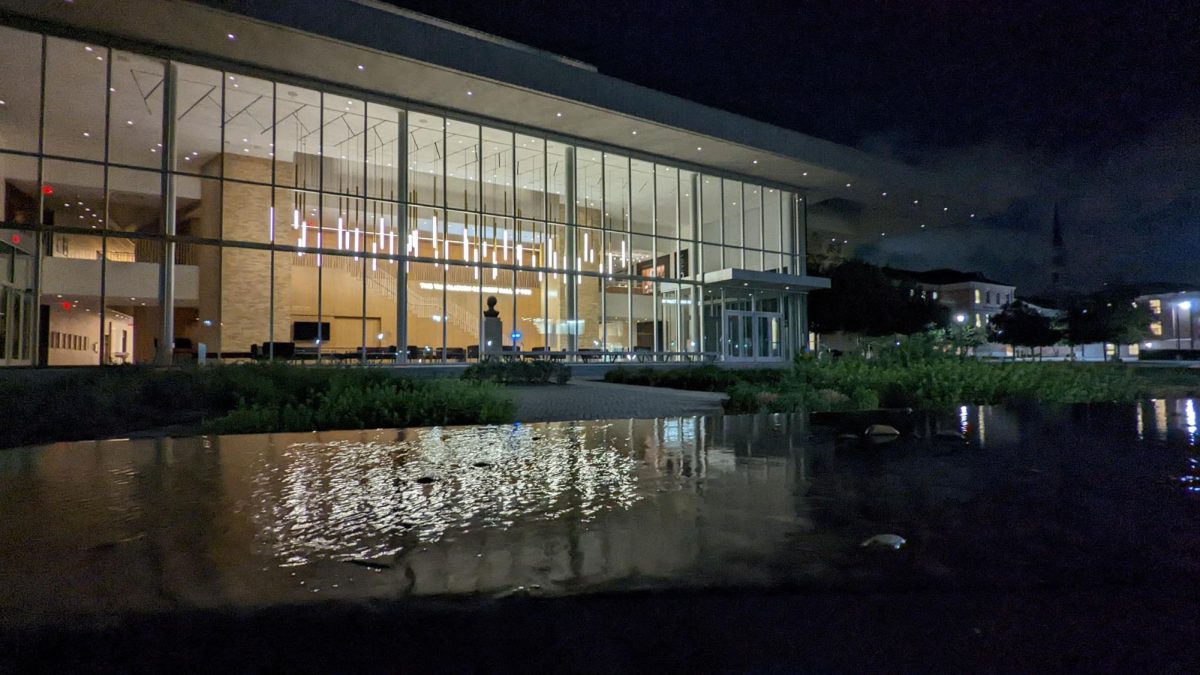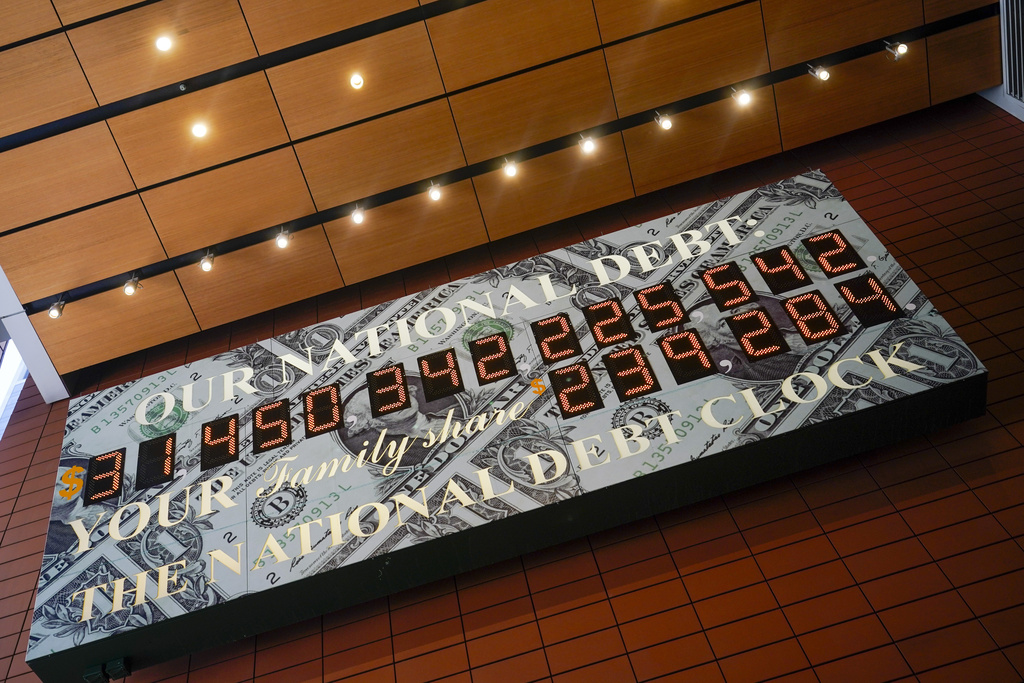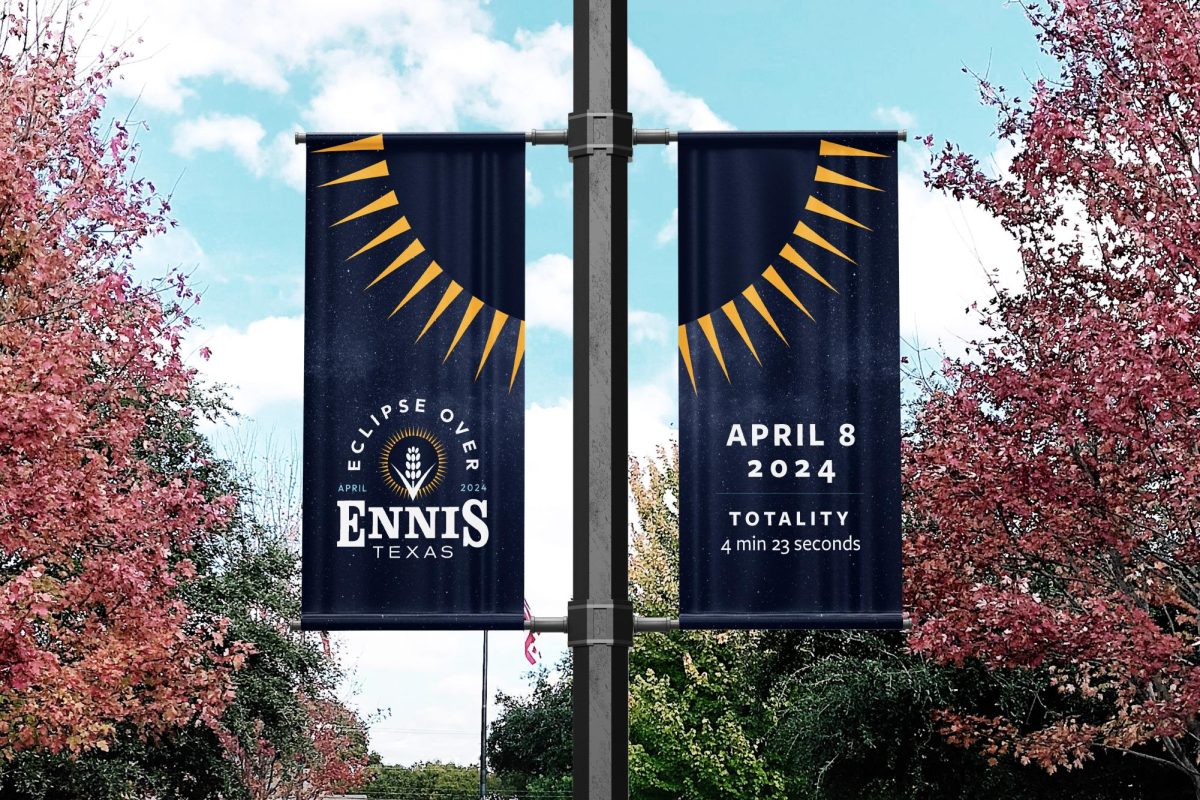FORT WORTH—“They used to call it Scary Berry,” a business owner in the 109 said.
Rick Kubes, an owner of Kubes Jewelers in the 2700 block of West Berry, said Berry Street was at its low point from the ‘70s to the ‘90s because of urban blight.
Now city planners want to use tax incentives and zoning changes to reshape the face of Berry Street. With more than $7 million invested in the first two phases of redevelopment, changes are well under way.
The city wants buildings on Berry Street to have several types of uses, called “mixed-use zoning.” That would allow living spaces and other businesses to be built above ground-level stores, which has already happened with TCU’s GrandMarc development in the 2800 block of West Berry.
Berry Street might then resemble parts of Boston and Chicago, for example, where mom-and-pop stores cozy up to the sidewalks with tenants living just above them.
“That’s been a huge challenge to try to get some of the private development groups to understand that we don’t want to be doing business as usual, and when you do come in and redevelop on Berry Street, we don’t want your typical suburban model store,” said Sandra Dennehy, Berry Street Initiative president.
Suburban model stores, she said, usually have just one business in the store and are concerned with things like making more parking spaces rather than gauging how those spaces or other changes would affect the community.
The Jack in the Box at in the 2800 block of West Berry is very different from another close-by in the 1500 block of South University Drive. In fact, it is very different from most Jack in the Box restaurants.
The old logo, with bubbly letters in red on a white background, is being phased out for the newer version, already in place on Berry Street. The restaurant on University Drive is even set further back on the property to allow drive-through access from the main streets.
The fast food restaurant on Berry Street blends into the street alongside other buildings right up to the sidewalk in a more pedestrian-friendly setup. The drive-through is in the back of the building and limits the interruption of foot traffic along the sidewalk. The logo change from the bubbly single-size letters to the slimmer letter design and color shades has added to what city planners envision for the area.
The Jack in the Box and several other fast food stores have staked their claim on the street, but city planners and Berry Street Initiative representatives say that they want to see less fast food development and more shops along the street.
“We’re looking 30, 40, 50 years ahead,” Kubes said.
Berry’s future: people and energy
Dennehy said her vision of Berry Street in the future went hand-in-hand with the train station to be built by 2013 at the intersection of Cleburne Road and West Berry Street.
“The little corner grocery stores, the little corner dry cleaners, residential apartments two and three stories above the street level, and the little mom-and-pop pizza places — things like that, that’s what I would hope we end up with,” Dennehy said. “And a lot of people and energy on the street.”
Dennehy said the train station would bring diversity to Berry Street. She said she hoped active seniors, those seeking to continue their education and different socio-economic groups would also be able to reach the area through train transit.
Benefits for business owners and developers who follow the mixed-use plan include a reduced taxes and the transformation of the look of Berry Street, said Arty Wheaton-Rodriguez, senior planner for the Fort Worth Planning and Development Department.
The city is offering property owners in the area around Berry Street a 10-year tax freeze. This tax freeze would allow building owners to pay the same tax rate without increase for 10 years after they agreed to meet city standards. These are the types of property considered for the tax freeze:
• Owner-occupied property
• Investor-owned single family property
• Single family development project
• Multi-family development project
• Commercial, industrial or community facilities development project
• Mixed-use development project
The tax cuts are determined on a case-to-case basis, and need to be voted on by council. Developers do not have to comply with the mixed-use standards, but they won’t get the tax benefits if they don’t.
City taxes are 85.5 cents per $100 of a home’s valuation. So a $100,000 house would mean an $855 tax bill. Fort Worth already skims off 20 percent of that taxable amount from a $100,000 home to an $80,000 home, so taxes would really be $684 on a $100,000 home. What the tax freeze does is keep that tax bill the same $684 for 10 years even if the building or business increases in value.
Empowerment Zone may encourage investment
The Neighborhood Empowerment Zone extends about a half block behind each side of the street. The area extends beyond the urban village to allow room for mixed-use developments or redevelopments and also allows some leniency of cost for developers. Based on how much it costs to bring something in, the city looks at projects individually to potentially waive permit fees, but mixed-use building is the way to get a cut on taxes. Dennehy said the empowerment zone would encourage investments in the area as well.
Even with the promise of lessened taxes for cooperation with the Berry Street Initiative on building structures, not all new businesses on the street follow the model.
The Kroger Fresh Fare building, at the intersection of Berry Street and University Drive, was zoned under the new street plan as a several-story mixed-used building. When the Albertsons supermarket left the building in the spring of 2010 to move further into the neighborhood on Alton Road, the Kroger Fresh Fare took up its spot on the Berry/ University intersection and remained the only business in the building.
Kroger Fresh Fare was not required to use the building according to mixed-zoning standards as new occupants, with law offices or businesses, etc. above, unless Kroger planned to change the structure. Fresh Fare kept it almost the same, with slight modifications to the interior and exterior.
The Kroger Fresh Fare store did not conform to the new standards of mixed-use zoning because it used an existing building. If Kroger had not used the existing building and chose to build their own or make significant changes, the company would have been required to use the mixed-use standard to get tax incentives. Since Kroger purchased the building, the city considered other means of financial leniency through the Neighborhood Empowerment Zone, which can waive permit fees.
Dennehy said the purchase was a significant commitment for positive reinforcement of the street’s development, much like the Kubes’ decision to purchase their building in 1997.
Not many Berry Street businesses are more than one story tall. The GrandMarc and the strip of businesses that line the street past Kings Liquor, however, contribute to the idea of what mixed-zoning could bring to the area.
With the incoming changes and investments along Berry Street, the term “Scary Berry” may just be appropriate for Halloween.





